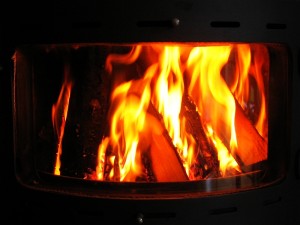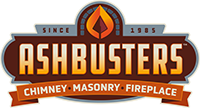The reasons your fire won’t light depend first of all on whether it is a gas fed fire or a wood fire. If it uses natural gas as its fuel, check to be sure that the turn key or valve handle are in the open position, and that the fireplace is receiving gas. If you are lighting a wood fire, chances are you need to break it down and rebuild it.
There are two equally effective ways to build a wood fire: the traditional bottom up teepee or a top-down approach. The steps involved are the same for both, but the order in which the layers are put down is reversed. Contrary to popular belief, you don’t have to work from small kindling to large logs to easily light and maintain a good fire.
[raw] [/raw]
[/raw]
The layers are simple:
- crumpled newspaper
- kindling
- sticks
- mid-sized pieces of wood
- logs
Whether placed logs first or built on top of newspaper and kindling, if it is built so that air can move around it, the fire will catch and burn. If the kindling is on top, the fire is that much easier to light.
Another bonus of building a top-down fire is that the heavier logs which usually end up crashing through the tent frame are already on the bottom. This is also a more stable fire, with heavier pieces supporting lighter ones more firmly positioned. Finally, there’s the enjoyment of defying expectations and proving your friends wrong when your fire lights just as easily as a traditional one.
The purpose of the newspaper is to quickly catch and spread to the kindling, extremely small sticks and slivers of wood. The kindling is the accelerant of the fire itself, burning easily and spreading fire to sticks and mid-sized pieces of wood. These in turn relay heat to the logs, eventually setting them on fire to burn long and hot.
Remember, having yearly chimney inspections will identify potential problems with your fireplace and chimney system. Calling us to perform an inspection will help keep you safe, and help you to better enjoy your home.
